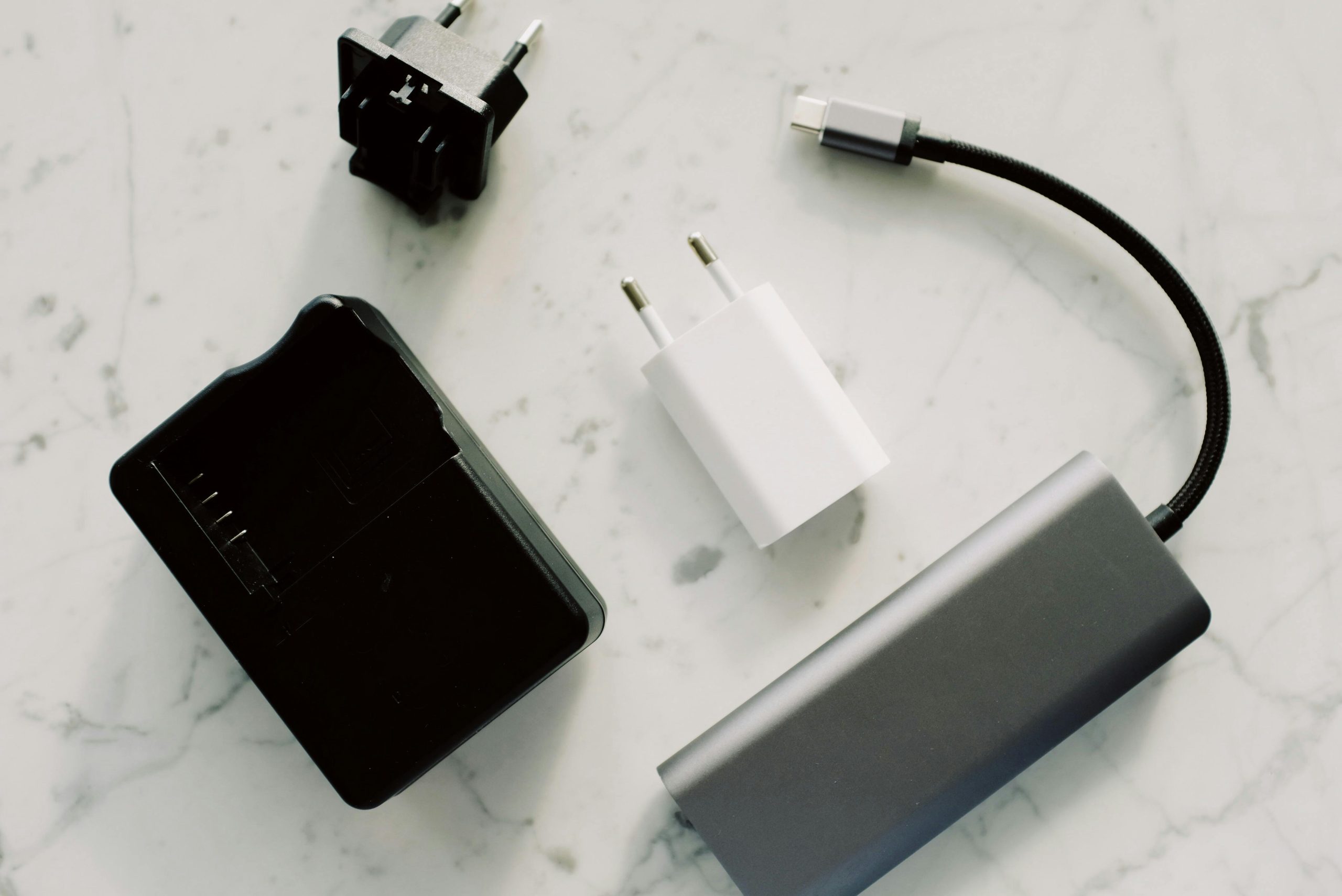Understanding the Connectivity of Your ViewSonic VS15453 Monitor: Choosing the Right USB-C Adapter for MacBook Pro Compatibility
If you’ve recently acquired a secondhand ViewSonic VS15453 monitor and are looking to connect it to your MacBook Pro, you might find yourself facing compatibility questions regarding the connection cables. Specifically, identifying the type of cord required to ensure seamless integration between your devices is crucial.
Deciphering the Cable in Question
Many monitors, including the ViewSonic VS15453, utilize various types of cables and adapters to facilitate connection and data transfer. The “second photo” described in your query likely shows the end of a cable or adapter component, which appears to be incompatible with your MacBook Pro’s native ports.
Based on your description, it seems that the current cord functions as an intermediary or adapter cable—possibly an older or non-standard connector—that doesn’t align with the modern USB-C ports found on recent MacBook Pros. Therefore, identifying the original cable type is the first step toward selecting the appropriate adapter.
Common Connection Types for Monitors
- VGA: An older analog standard typically used with older monitors and computers.
- DVI: Digital Video Interface, more common in slightly newer devices.
- HDMI: Widely used for connecting monitors, TVs, and other display devices.
- DisplayPort: Commonly found on Windows PCs and some monitors.
- USB-C / Thunderbolt 3: Modern connectors that support video, data, and power delivery.
Given the description, it’s likely that the existing cable may be a DisplayPort or DVI adapter—both of which are common for secondhand monitors.
Determining the Correct Adapter for Your MacBook Pro
Since your MacBook Pro is equipped with USB-C/Thunderbolt 3 ports, you’ll need an adapter that allows you to connect your monitor’s current cable or port to your laptop.
Recommended steps:
- Inspect the Cable/Port: Check the end of your current cable to identify its exact connector type (e.g., DisplayPort, DVI, HDMI).
- Match to Your Monitor’s Input: Verify the monitor’s input port (typically located at the back) to see what type of cable is required.
- Purchase the Suitable Adapter: Based on the cable and port types:
- If it’s DisplayPort, consider a USB-C to DisplayPort adapter.
- If it’s
Share this content:



